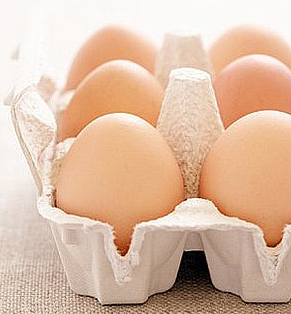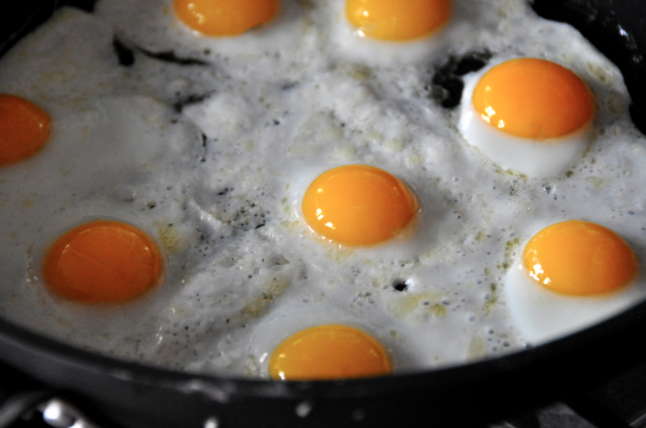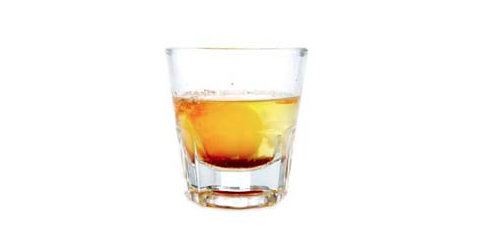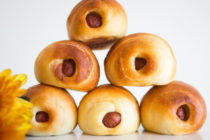“Tis hatched and shall be so.”
—William Shakespeare, The Taming of the Shrew
The egg is a curious object. As long as its true nature stays hidden, it will appear bland and benign. But once the shell is cracked, all hell breaks loose, or all heaven, depending on where the egg is taken from that point forward.
When assessing someone’s culinary skill, should a cook be deemed less than agile at the art, often is heard the sneering remark, “Sheesh! Can’t even boil an egg.”
How to boil an egg might seem the least challenging of all cooking preparations, but the opposite is true. Eggs are tricky. Handle them wrong and they’ll sneak up behind and bite you hard on the recipe.
Early on in the gastronomic history of France, kitchen mavens understood that a basic goal of cooking craft must be to avoid making a mess of eggs. From the puffed up elegance of a soufflé to the correct procedure for frying an egg became as important to the French as getting good gas mileage is to Americans.
“Donnez-moi du beurre!” cried chef Fernand Point (1897-1955). When the remarkably fastidious cuisinier—considered to be the Father of Modern French Cooking—shouted for butter, he meant to have real butter. Substitute fats were “merde” and not worth the squirt bottle or plastic tub they sat in.
Then, calmed by the butter by his side, the chef would plop a huge half-pint lump of the pale yellow stuff into the pan and set the heat on very low. Frying for Fernand was a determination to not fry at all, but to poach. Under Fernand’s care, there would be no hot pan, no sizzling noise and no burned egg-white bottom. Nor would he insult the egg, or the diner, by presenting a yolk that tasted like a boiled potato.
Only in the slow simmer would perfection be found, said the chef. Ultimately, the French way to “fry” an egg became to cajole, to pamper and to mollycoddle. Carefully sliding the raw egg into a pan of melted butter and allowing it to poach gently, the method produced an egg that had the white part set and creamy and the yellow as sunny as it was runny.
In Adolphe Meyer’s 1917 book, Eggs in a Thousand Ways, the list of egg recipes goes on forever, each presented in two- or three-sentence shorthand. The New York chef seems not to have read Fernand Point’s point of view, for he chose to poach his eggs in salted water—sometimes with a splash of vinegar added, sometimes not.
And as for frying, Meyer admits to knowing something about the French method, but found himself bent more toward the American way. That is, ratcheting up the heat until the pan begins to “hiss,” making certain the yolk is “scalded,” and letting the process go on until the white is as curled up as Santa’s beard.
Let us pause a minute. The question of whether to fry or poach is as old as Plato’s sandals. Around 2,000 years earlier than Fernand or Adolphe noodled on the egg, a tip from Hippocrates tipped in favor of the French method. Recommending his patients eat eggs only “lightly cooked,” when the man considered to be the Father of Western Medicine said “poach for nourishment and good health,” no matter what epoch you find yourself in, the best plan is to go for the bubbling and boo the hiss.
Eggs figure in the history of humankind from almost the beginning. Ancient Chinese ate pigeon eggs, ancient Egyptians ate pelican eggs, ancient Phoenicians ate ostrich eggs, ancient Romans ate peahen eggs and ancient Japanese ate quail eggs. Modern-day Americans who share the same neighborhood with alligators eat those eggs, too.
No matter which egg finds its way into the mouth, it comes with age-old bona fides guaranteeing that it’s a perfectly balanced food. Contained within that protective shell is the most complete and highest source of protein, plus it has all the vitamins (except C) and minerals essential for maintaining good health.
An egg is so perfect in fact that it sometimes must be sacrificed and sent from the table to remind people that eating isn’t everything. Sometimes we must remove our eyes from the plate and place them instead on the Divine.
Or so thought Charlemagne.
We have already discussed several fathers in this piece—the Father of Nouvelle Cuisine, the Father of Western Medicine—and now we must deal with another paternal figure.
Called the “Father of Europe,” Charlemagne, in the first century A.D., enacted the law that led to fasting. Bestowing upon the Christian world the ephemeral joys of Lent, the good emperor decreed that any who ate eggs before Easter would have their heads cut off.
There was a reason eggs were singled out for abstinence. Charlemagne believed the egg to be a meat product. Since meat was regarded the conquering hero, the champion of food in those days, the emperor’s edict could be considered a great compliment to the egg.
Given the muscle of meat without needing to have any, eggs run while meat clogs.
Rushing forward to 18th century France, we find the French king, Louis XV, devoted to his Sunday mornings because that was the day eggs were served. According to Maguelonne Toussaint-Samat’s The History of Food, when Louis came down to breakfast, the captain of the Palace Guard would march ahead of the monarch, shouting down the corridors, “Attendez! The King is about to eat his egg!”
Ask anyone you know if they have ever given eggs that much respect. Certainly a nice omelet will often hear the eater vocalize, “Hey, nice omelet.” And who hasn’t cooed over a savory deviled egg? Maybe when Eggs Benedict turn up at Sunday brunch, people might get excited for a moment, but how quickly eggs are forgotten when the mimosas are poured.
Perhaps what we need to help wrest our faces away from the newspaper at the breakfast table is a new way to treat the egg. I have discovered a new way. In truth, it is a very old way but, for me at least, it turned the light bulb on in my brain and sent me straight to the kitchen to experiment.
Called “Eggs Cécile” in Adolphe Meyer’s list of 1,000 egg recipes, here’s the how-to:
Poach eggs until the yellow is set (but not too hard). Slide them onto a plate, cover and refrigerate. When cold, dip the cold poached eggs into beaten raw eggs, then into bread crumbs (or panko). Fry the coated eggs in oil for about a minute and a half. Serve with a lobster tomato sauce made by slowly cooking chunks of lobster in tomato sauce that is laced with red wine vinegar and diced onions.
On a final egg note: The saddest thing for me is being resigned to the fact that the Prairie Oyster cocktail is dead, kaput, can be had no more.
Knowing that in today’s world a raw egg can kill you, no longer may we slide that raw egg into a glass and cover it with Worcestershire, Tabasco, salt and pepper. The quickest fix for a dreadful hangover is lost to us because we can’t trust the nefarious goings-on at hen factories.
In the great P. G. Wodehouse short story, “Jeeves Takes Charge,” Bertie Wooster puts it this way, “Gentlemen have told me they have found it (the Prairie Oyster) extremely invigorating after a late evening.”
But the raw egg is not all that’s gone forever. Who still does late evenings? I ask you.









Follow Us